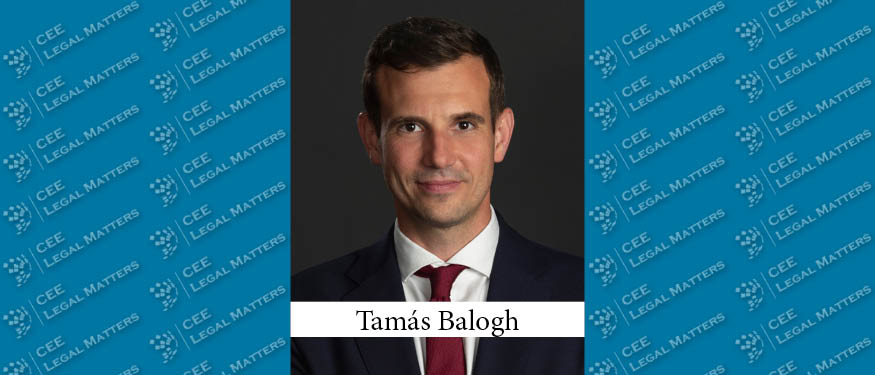Climate change and sustainability have become trending issues in Russia with the government encouraging “green” projects. The Russian authorities have been steadily implementing legal acts confirming Russia’s commitment to high standards of energy efficiency and setting out practical steps to be undertaken to achieve these. In this article we summarize the most notable developments and most anticipated legal acts in the sphere.
GHG Regulation
Unlike the EU, Russia does not have a carbon credit trading system. Given that emissions peaked in 1990, before the Soviet Union’s collapse, and 1990 levels are set as a benchmark, Russia has not been forced to cut its emissions by the international community. However, emission levels are going to grow along with Russian industry, and therefore the issue is becoming more relevant and pertinent and carbon trading will have to be implemented.
Russia formally joined the Paris Agreement in 2019. As part of the measures implementing the Paris Agreement, a draft federal law seeking to establish a regulatory framework for greenhouse gas (GHG) emissions was introduced that same year by the Ministry of Economic Development. Under the draft law the state is responsible for regulating GHG emissions by establishing targets for reduced direct emissions and/or increased absorption of GHG across the Russian Federation generally and, in particular, across various sectors of the economy. Under the draft law, the government is proposing a permit system for direct emissions of GHGs and economic mechanisms to regulate GHG emissions and their absorption, including mechanisms of transfer and the trading of units of emissions and absorption.
However, the draft law was not supported by key industry players. In particular, the carbon credit trading system has been criticized. The Ministry of Energy commented that the draft law needs refinement, and that – in particular – targets for reduced direct emissions may be introduced only after careful analysis of statistics of GHG emissions within at least three years after implementation of the relevant law.
In September 2019, Russia’s Vice Prime Minister stated that the relevant law is expected to be adopted within a year.
The Ministry of Economic Development has prepared a draft long-term development strategy for Russia which will cover the period until 2050, with the aim of lowering the levels of GHG emissions. An “intense” scenario provides for economic measures for GHG emissions control.
Support of RES
In 2013 a long-awaited mechanism incentivising the use of RES, similar to one of the mechanisms used for traditional energy generation, was introduced. This mechanism aims to ensure the financial viability of the RES investments through the conclusion of Capacity Supply Contracts (DPMs) by renewable energy project developers with wholesale purchasers.
Under the capacity trading mechanism, RES generators are entitled to participate in annual tenders for the sale of capacity and, if the bid is successful, they will be able to receive capacity payments guaranteeing return on their investments within a period of 15 years.
The current DPM program was initially designed for a period until 2024. According to the Ministry of Energy, the positive results of the implementation of the first stage has led it to extend the program until 2035. Certain amendments to the existing model were announced, including making full payment for the power delivered to the wholesale electricity market subject to the target indicators of the level of export of basic and auxiliary equipment.
Green Bonds
The Russian market for sustainable debt financing has been growing rapidly in the recent years.
In August 2019 the Moscow Exchange established a Sustainability Sector for the financing of projects in the sphere of environmental and social sustainability. To be admitted, an issuer must establish the specific purpose of their offering in the prospectus, report bona fide use of the funds on an annual basis, and submit an external review confirming that the bond complies with standards for green or social issuance.
The sustainability sector of Moscow Exchange went live in November 2019 with the first green bond issued by Center-Invest Bank. In addition, that year Russian Railways issued the company’s first green bond and the first international green bond issued by a Russian company.
Green energy and sustainable development will inevitably develop significantly in Russia given the increasing role of climate issues in the global agenda. It is yet to be seen how Russia, with its traditional focus on conventional energy sources, is going to adapt to transition to the new era.
By Evgeny Yuriev, Partner, and Elvira Vanieva, Associate, Herbert Smith Freehills, Moscow
This Article was originally published in Issue 7.6 of the CEE Legal Matters Magazine. If you would like to receive a hard copy of the magazine, you can subscribe here.

















